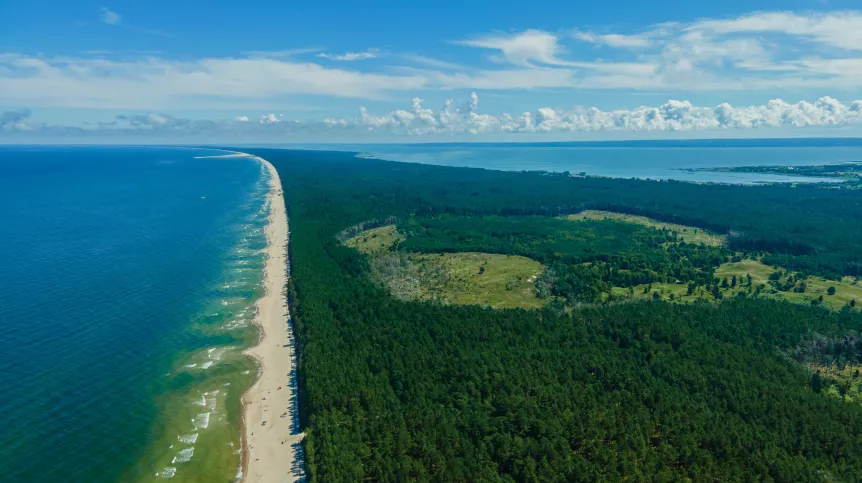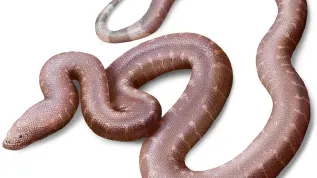
The Vistula Spit is “one of the most important bird migration corridors in Europe,” the president of a Polish ornithological association that monitors bird migration on the Vistula Spit, has told the Polish Press Agency (PAP).
In mid-September, Poland’s first permanent Seabird Observation Point, named “Drapolicz,” opened between Krynica Morska and Piaski.
Gerard Bela from the Drapolicz Association told PAP: “Nowhere in Poland can these migrations be observed in such a direct and tangible way as here.
“The Vistula Spit is the most dynamic, one of the most important bird migration corridors in Europe, and the best place to observe bird migration in Poland. Up to a million birds can fly through here in one day.
“These quantities are unheard of anywhere else. If we are talking about bird migration, nowhere in Poland can it be observed in such a direct and tangible way as here.”
Species migrating along the Vistula Spit include ducks, grebes, plovers and terns.
According to Bela, the most dramatic period comes in autumn during storms, when “less numerous and very rare species appear, including skuas, gannets, shearwaters, storm petrels. Even those that breed around South America or New Zealand.”
The ornithological tower on Pirate Mountain allows observers to record raptors such as sparrowhawks, buzzards, harriers, falcons and eagles, along with dozens of other species. The site also serves as the base for Drapolicz’s annual monitoring campaigns.
“We relax because there is no time, for example, for scrolling the phone or talking. If several tens of thousands of birds fly over in eight hours, we really have something to do. And all this needs to be written down, viewed, photographed and compared. The head completely turns off because we are always focused on the birds; and it really works,” Bela said.
Regular migration surveys at the Seabird Observation Point have ended for the season, but Drapolicz ornithologists will continue work on Pirate Mountain from dawn until afternoon through November 16. (PAP)
dsok/ bar/ mhr/
tr. RL













